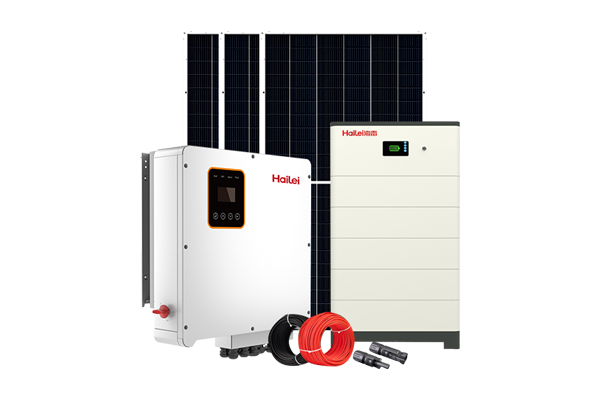Time:Dec 12, 2022 Views:953
1. Thickness requirements of copper aluminum foil for lithium battery

With the rapid development of lithium battery in recent years, the collector for lithium ion battery has also developed rapidly. The positive aluminum foil has been reduced from 16um to 14um, and then to 12um. Now many battery manufacturers have mass produced and used 10um aluminum foil, or even 8um aluminum foil. As the copper foil for negative electrode has good flexibility, its thickness has been reduced from 12um to 10um, and then to 8um. Up to now, most battery manufacturers have used 6um in mass production, and some manufacturers are developing 5um/4um which are possible to use. Due to the high requirements for the purity of copper aluminum foil used in lithium ion batteries, the density of materials is basically at the same level. With the decrease of development thickness, the area density will also decrease accordingly, and the weight of batteries will naturally become smaller and smaller, meeting our requirements for lithium ion batteries.
2. Surface roughness requirements of copper aluminum foil for lithium battery
https://www.primacabinets.com/2024_kitchen_cabinet/
As for the collector, in addition to its thickness and weight, the surface performance of the collector also has a great impact on the production and performance of the battery. Especially for the cathode collector, due to the defects of the preparation technology, the copper foil on the market is mainly single side hair, double side hair and double side roughening. The asymmetry of the two side structure leads to the asymmetry of the contact resistance of the coating on both sides of the negative electrode, which makes the capacity of the two sides of the negative electrode can not be uniformly released; At the same time, the asymmetry of both sides also causes the inconsistent bonding strength of the negative electrode coating, which leads to the serious imbalance of the charge discharge cycle life of the negative electrode coating on both sides, thus accelerating the attenuation of the battery capacity.
Similarly, the positive aluminum foil also tries to develop towards double-sided symmetrical structure, but at present, due to the influence of aluminum foil preparation process, it is important to use single-sided polished aluminum foil. As aluminum foil is basically rolled from aluminum ingots with large thickness, the contact between aluminum ingots and rolls should be controlled during rolling. Therefore, lubricants are generally added to the surface of aluminum foil to protect aluminum ingots and rolls. The lubricants on the surface have a certain impact on the battery electrode. Therefore, for aluminum foil, the removal of lubricants from the surface is also a key factor.


X

Appointment Experience